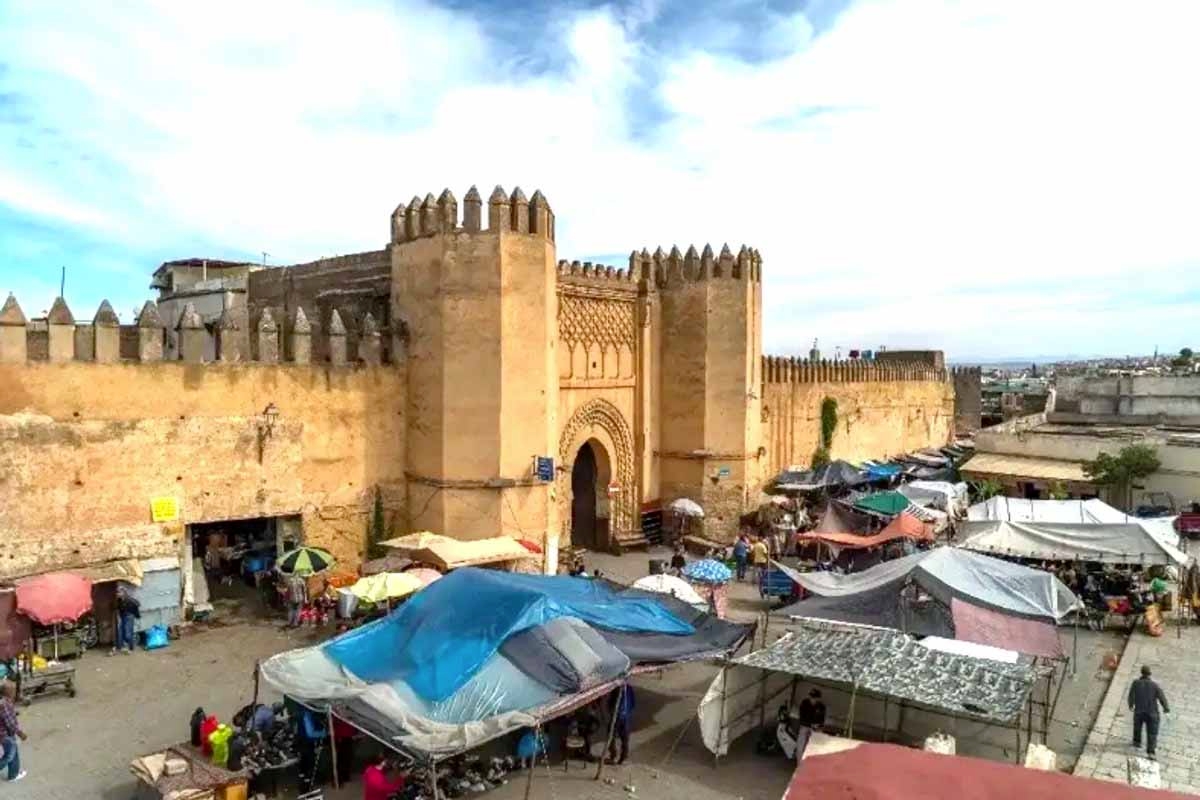Google Maps erases the Western Sahara border in Morocco

For years, the dotted border separating Western Sahara from Morocco on Google Maps was a visible symbol of a seemingly endless dispute. But this week, something changed. Moroccan users noticed the line had disappeared. The most consulted digital map on the planet showed, for the first time, the Sahrawi territory integrated into the Kingdom of Morocco.
“Thank God! The imaginary line no longer exists,” celebrated users on social media platforms like X and Facebook. For many Moroccans, the change was not just a technical update, but a symbolic assertion of sovereignty, a gesture that coincided with a political shift of enormous international significance.
On Friday night, the United Nations Security Council passed a landmark resolution recognizing Morocco's autonomy plan for Western Sahara as the "most viable solution" to the conflict. The news was met with jubilation in Rabat, which has sought international legitimacy for its control over the territory for half a century.
Until that moment, the organization had maintained a more neutral position, urging Morocco, the Polisario Front, Algeria and Mauritania to resume negotiations suspended since 2019. However, this time, the initiative promoted by the United States changed the course of the debate, opening a new chapter in the history of the conflict.
Although Google has not issued an official comment, the change to its Moroccan version has generated widespread debate. The American company has the exclusive ability to modify the representation of its maps, and every alteration has an immediate political impact.
According to AFP observations, the disappearance of the dividing lines occurs only in the Moroccan version. In other countries, such as the United States, France, Cyprus, and Algeria, the dividing line remains visible. This detail demonstrates how digital maps can adapt to local contexts and diplomatic tensions.
For Morocco, the update was seen as a symbolic victory, especially after receiving UN backing. In contrast, for the Polisario Front and its allies, it represented a provocation and a reminder of the unequal power dynamics on the international stage.
Western Sahara was a Spanish colony until 1975. After Spain's withdrawal, Morocco took control of most of the territory, while the Polisario Front proclaimed the Sahrawi Arab Democratic Republic, with the support of Algeria.
For decades, the two sides clashed militarily until a UN-mediated ceasefire was signed in 1991. Since then, the region has experienced a tense calm, punctuated by sporadic clashes and a constant diplomatic struggle for international recognition.
The autonomy plan presented by Morocco in 2007 proposes granting the territory self-government under Moroccan sovereignty, an idea that Rabat considers "realistic and a compromise." However, the Polisario Front insists on holding an independence referendum, based on the principle of self-determination.
Beyond the political conflict, Western Sahara possesses considerable economic value. It is a region rich in phosphates, an essential mineral for fertilizer production, and its coastal waters are abundant in fishing resources.
These characteristics have maintained international interest in the region and further complicated negotiations. The territory's natural resources are, in many cases, the hidden driving force behind diplomatic positions.
The disappearance of a dotted line might seem like a minor detail, but on the digital geopolitical chessboard it carries enormous symbolic weight. It represents how borders, even virtual ones, reflect and sometimes shape political realities.
For Morocco, the UN's support and the Google Maps correction represent a double victory: diplomatic and symbolic. For the Sahrawi people and their defenders, however, it is a worrying sign that their cause could be marginalized in the new international order.
The map has changed, but the story is still far from over.
La Verdad Yucatán








